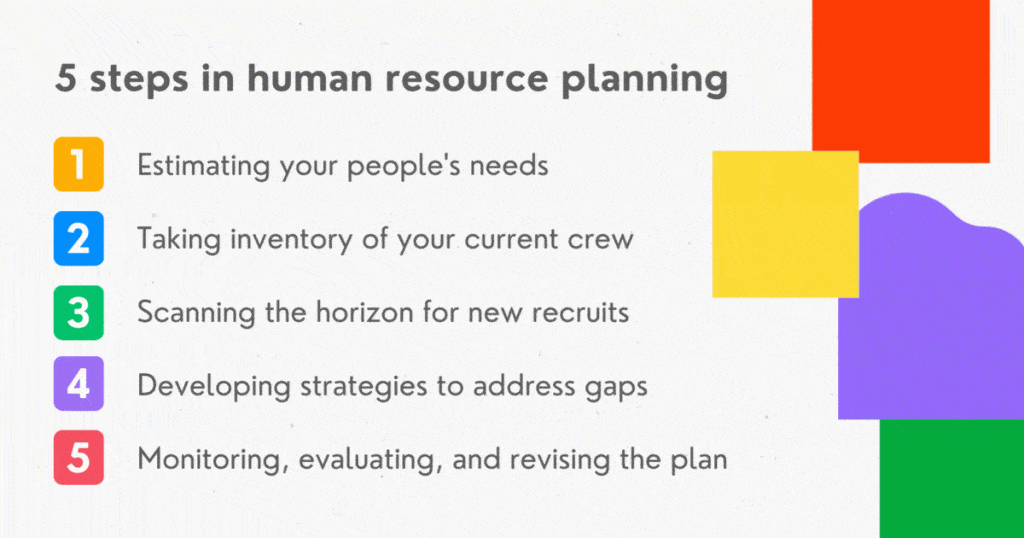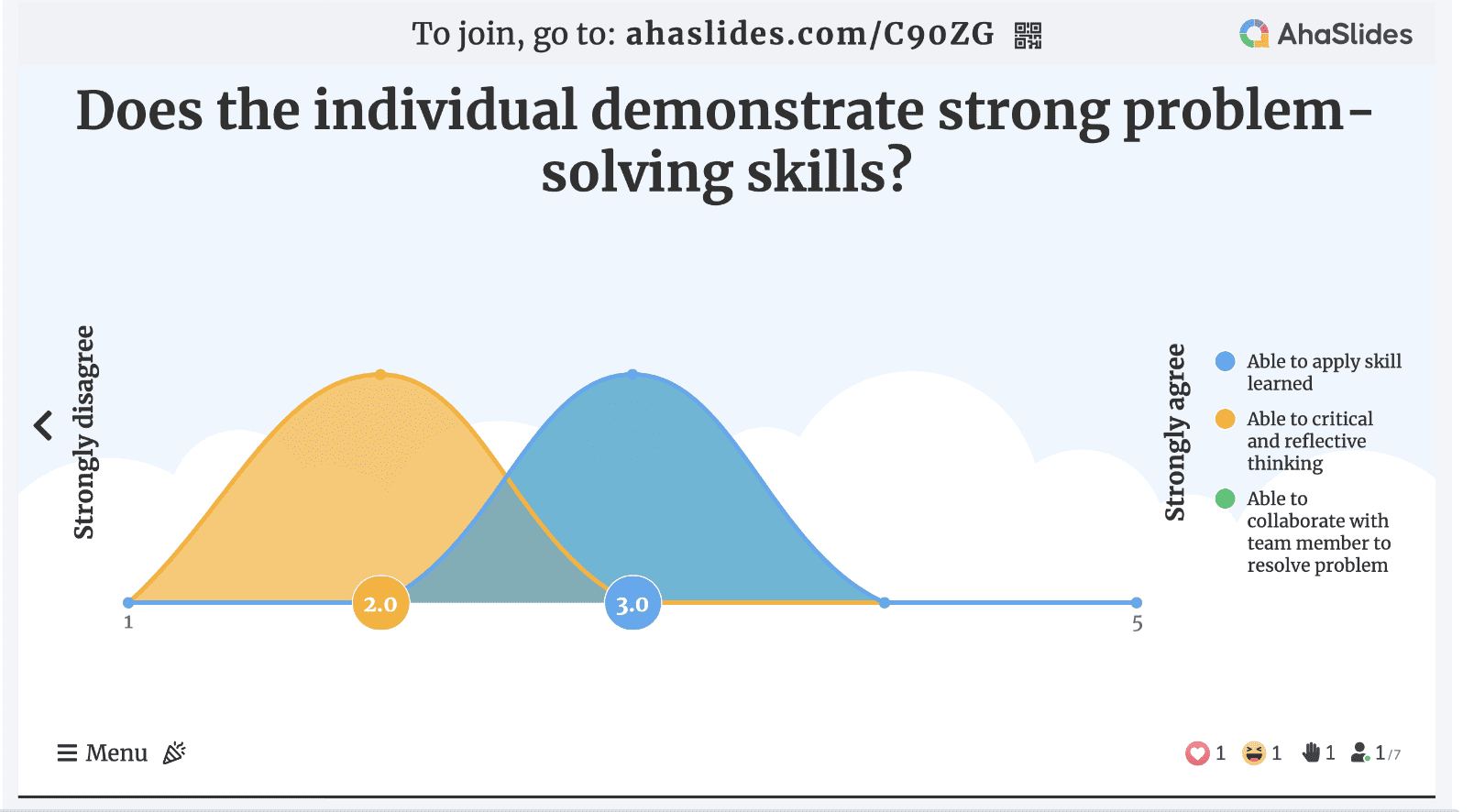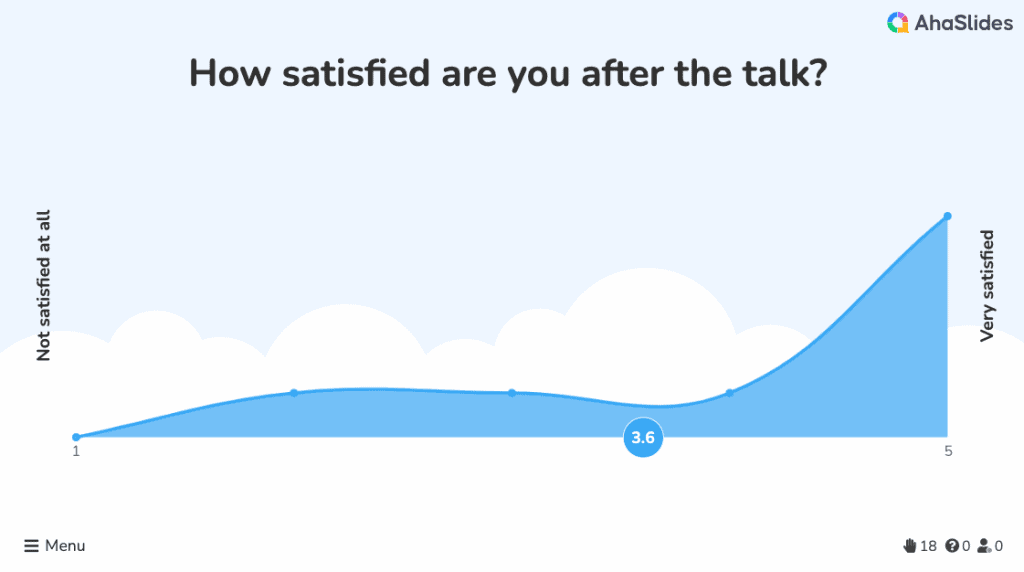If you are working in the HR department, you know how important it is to have the right people in the right job.
That's where human resource planning comes in.
When you master the art of HR planning, you can save big bucks for the company while making every team members work effectively and in tune with each other.
Dive in to unlock key strategies to future-proof your workforce!
Table of Contents
- What is Human Resource Planning and Why is it Important?
- Factors Affecting Human Resource Planning
- What are the 5 Steps in Human Resource Planning?
- Bottom Line
- Frequently Asked Questions
What is Human Resource Planning and Why is it Important?

Human resource planning is the process of forecasting an organisation's future human resource needs and devising activities to meet those needs.
It's important for several reasons:
• Ensures the right number of employees: HR planning helps organisations determine how many employees they will need in the future to meet goals and demands. This avoids having too few or too many employees.
• Identifies skills gaps: The process identifies any gaps between the skills and competencies of the current workforce versus what will be needed in the future. This allows HR to develop programs to close those gaps.
• Aids succession planning: HR planning provides inputs for succession plans by identifying critical roles, potential successors and development needs. This ensures a pipeline of qualified internal candidates.
• Supports recruitment efforts: By forecasting needs in advance, HR can develop targeted recruitment strategies to find and hire the right talent when needed. This reduces time pressure during high-demand periods.

• Aligns with strategic goals: HR planning helps align HR strategies and programs with the organisation's strategic business plan. It ensures human capital investments support key objectives.
• Improves retention: By identifying future needs, HR planning can help devise programs to retain critical talent and those with hard-to-find skills. This reduces recruitment and training costs.
• Enhances productivity: Having the right number of employees with the right skills at the right time improves organisational efficiency and productivity, as research shows that companies with employees who are highly engaged tend to be 21% more profitable. It also reduces costs from overstaffing or capacity constraints.
• Ensures legal and regulatory compliance. HR planning helps ensure you have a sufficiently compliant workforce in areas like safety, health, and government.Factors Affecting Human Resource Planning

Despite being a vital part of any organisation, big or small, human resource planning faces certain challenges as it works with both internal and external stakeholders, such as:
• Business strategy and goals - The company's strategic objectives, growth plans, new initiatives and targets directly influence HR plans. HR will need to align with the business strategy.
• Technological changes - New technologies can automate or change job roles, create new skill requirements and impact staffing needs. HR plans must account for this.
• Government regulations - Changes in employment, labour, immigration and safety laws affect HR policies and the ability to recruit and retain staff.
• Economic conditions - The state of the economy impacts factors like labour supply, recruitment opportunities, attrition rates and compensation budgets. HR plans must be adaptable.
• Competition - The actions of competitors influence factors like attrition, demand for certain skills and compensation trends that HR plans need to be taken into consideration.
• Organisational restructuring - Changes in structure, processes or expansion into new markets require adjustments to job roles, skills and headcount in HR plans.
• Career development needs - The learning and development needs of current employees to progress their careers must be considered in HR plans, as 22% of employees cited lack of growth opportunities as a factor that led them to consider leaving their job.
• Manpower planning - Strategies to fill critical roles internally with qualified candidates affect staffing levels and development plans in HR. It can also be challenging to retain critical talent and employees with hard-to-find skills for the durations needed within HR plans. Unforeseen attrition can disrupt plans.
• Demographics - Shifts in the availability of certain age groups or types of workers in the labour market are a factor for recruitment and retention strategies.
• Cost pressures - Human resource investments may need to align with rigid budget cycles, even if HR planning identifies different needs or priorities. This requires trade-offs.
Human resource planning considers many external and internal factors that influence an organisation's future human capital requirements. Anticipating and accounting for these factors in HR forecasts and strategies helps ensure the plans remain relevant and can be effectively executed over time.
What are the 5 Steps in Human Resource Planning?
While each organisation may have their own specific way of doing things, these five steps are generally the same across the board.

#1. Estimating your people's needs
This step involves estimating the future workforce requirements based on the organisation's strategic objectives, growth plans, industry trends, and other relevant factors.
It includes analysing the current workforce, identifying any gaps or surpluses, and projecting the future needs of the organisation.
Try brainstorming with AhaSlides for the HR planning
Brainstorm interactively with your team to help propel your vision forward.

#2. Taking inventory of your current crew
This step means taking a close look at the amazing people already on your team.
What talents, skills and experiences do they bring to the table?
Do any gaps exist between where your team is now and where you'd like them to be?
You will also take into account various workforce variables that are currently unknown, such as competitive factors, resignations, and sudden transfers or dismissals.
#3. Scanning the horizon for new recruits
Now it's time to browse the outside world to see what other great people might want to join your mission.
What skills are in high demand? Which companies produce top talent you might recruit? You evaluate all external hiring options.
This assessment helps identify potential sources of talent, such as recruitment channels or partnerships with educational institutions.
#4. Developing strategies to address gaps
With a handle on your team's current strengths and future needs, you can now devise strategies to close any gaps.
Investing in your existing team is always a smart choice. Here are a few ways you could help strengthen your team's skills and grow together:
• Provide training and development for your team. When team members have opportunities to learn new skills and knowledge, it empowers them and makes your entire team more effective.
• Hiring new team members with complementary skills can fill in gaps and bring in fresh perspectives. Look for candidates who will mesh well with your current culture.
• Evaluate each team member's role and responsibilities. Are jobs well-matched to their interests and expertise? Adjusting roles where possible can optimise everyone's strengths.
Simply put, helping your team expand their capabilities is a win-win. Your people will be more motivated, confident and productive. And together, you'll have the mix of talent needed to navigate challenges and seize new opportunities.
#5. Monitoring, evaluating, and revising the plan

The best people plans require tweaks over time.
As you implement new initiatives, constantly check in with your team.
Gather feedback to identify what's working well and what could be improved.
Stay nimble to changing circumstances and always change and adapt for team success.

Make Your Own Feedback and Host it Live.
Free feedback forms whenever and wherever you need them. Elicit engagement, get meaningful opinions!
Get started for free
Bottom Line
By iterating through these basic steps of human resource planning, you can thoughtfully shape the people side of your business. You'll bring on the right teammates at the right times to propel your vision forward. And with constant listening, learning and adapting, you'll build the strong, thriving crew needed for sustainable growth.
Frequently Asked Questions
What do you mean by human resources planning?
Human resources planning refers to the processes that organisations use to determine their current and future human resource needs. Effective HR planning helps organizations acquire, develop and retain the human resources they need to achieve strategic objectives and remain competitive.
What are the 6 steps in human resource planning?
The human resource planning process involves assessing current human resources, forecasting future needs, identifying gaps, developing and implementing plans to fill those gaps, and then monitoring and adjusting the plans over time. The 6 steps cover the full cycle from analysis, strategy development, execution and evaluation.
What is human resource planning used for?
Human resource planning is used to help organisations achieve their strategic objectives by providing a process to acquire, develop and manage the right workforce to meet current and future needs. When done properly, it can significantly impact an organisation's performance and success.








